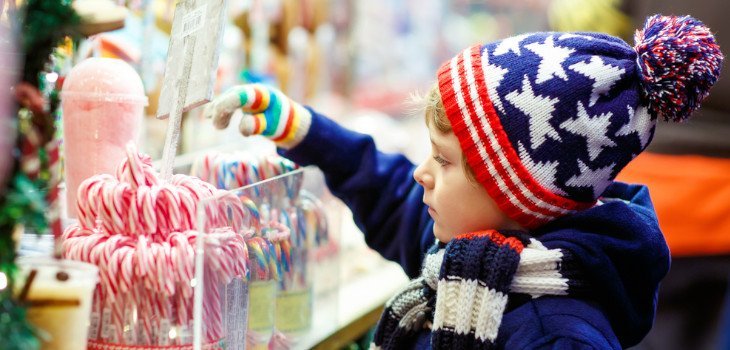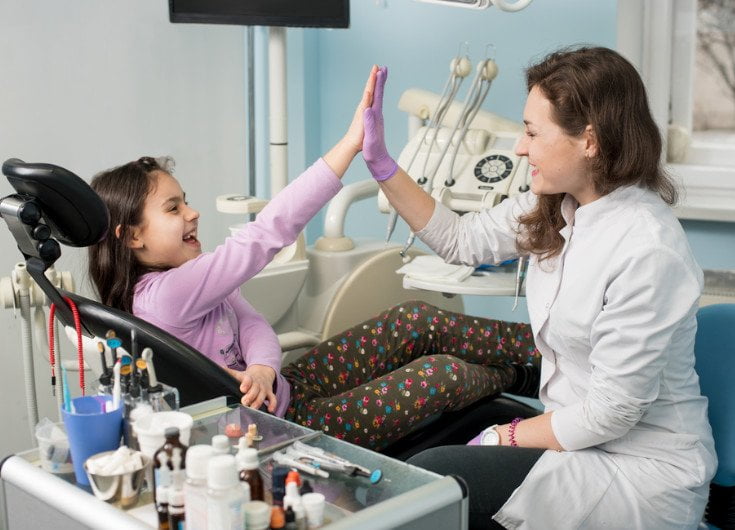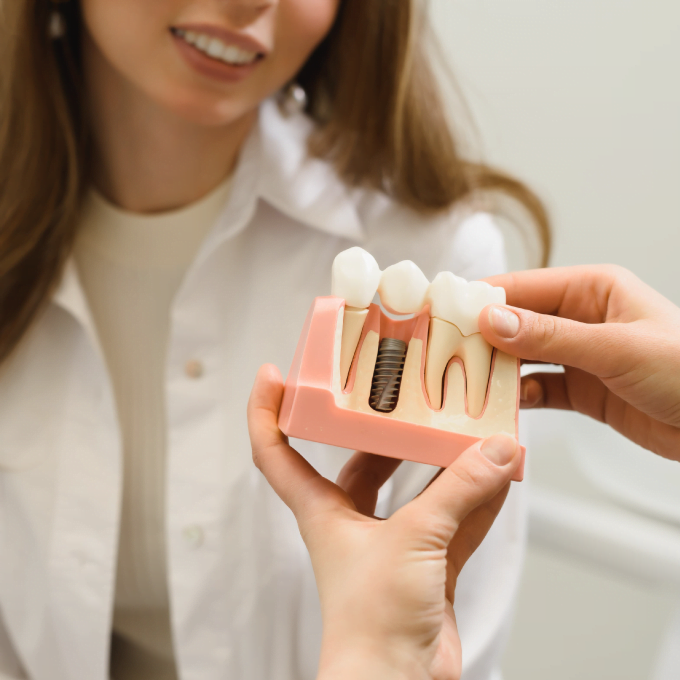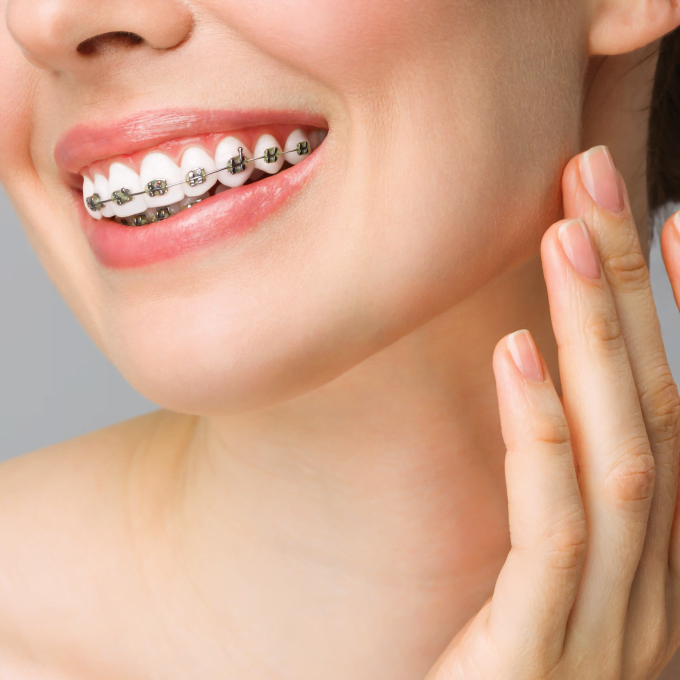The best way to handle a child’s dental emergency
From a dental perspective, Christmas can be challenging. It’s one of the few times when eating chocolate for breakfast becomes acceptable (we’re looking at you, advent calendars), and the dreaded candy cane returns to wage war against little teeth. It’s also a time when children are overexcited and on a permanent sugar rush, which can be a dangerous combination! Injuries to the teeth and mouth are quite common in children, who suffer bangs and scrapes whilst running around much more often than we do as adults (hopefully).
And at this time of year most businesses, including dentists, will adopt non-standard opening times, so trying to find help for your child in a dental emergency can be tricky. It’s just one reason why it’s always a good idea to be prepared with the knowledge of what to do should an emergency occur. First…
Follow these 5 important steps
- Check for bleeding.
- If there is bleeding, apply a gentle pressure to ease it
- Clean the wound using a salt water rinse
- Assess the severity of the injury. This can be tricky to do if your child has never experienced an injury like this before, but trust your own judgement.
- If the injury is severe, you will need to take your child to see a professional as soon as possible.
If one of your child’s permanent teeth has been knocked out (as opposed to a milk tooth), be careful not to touch the root when you pick it up. Rinsing it through with salt water and then placing the tooth back in your child’s mouth will help to maintain the moisture, making it more likely for a dentist to be able to secure the tooth back in place. Having your child bite down gently on gauze or even a wet teabag will help to hold the tooth in place until you can find emergency professional help.
If keeping the tooth in the mouth becomes a tricky ordeal, try placing it in a cup filled with salt water or milk. This should help to keep the root moist until you manage to seek help from a dentist.
Even if you think the tooth may be damaged or broken, you should try to keep it safe and bring it along anyway, just in case.
If it’s a baby tooth that’s been knocked out, your dentist may decide it’s best not to try and reattach the tooth. This decision will be determined by the age of your child, how far their teeth have developed, the extent of damage caused to the tooth and how the tooth was transported to the surgery (i.e. if the root is kept intact/the tooth’s moisture retained).

Always be prepared – what you should include in your dental first aid kit
Childhood is all about running around and having fun, but as parents we never know when a slip might occur that will leave you with a dental emergency on your hands.
“Always be prepared” is a great mantra to adopt, and preparing a dental first aid kit will help you to deal with an emergency more efficiently should such a situation ever arise.
Many of the items in a dental first aid kit are the same as you would find in a standard first aid kit. Here are some to put on your shopping list:
- Gauze
- A small cup
- Mouthwash
- A cold compress
- A container and fluid to store the tooth in
Taking your child for an emergency dentist visit
Should your child experience an oral injury, it’s always a good idea to consult with a professional who can ensure no teeth have been damaged or loosened. Time is key in such situations, and quick, decisive action on your part can mean the difference between keeping and losing a damaged or loosened tooth.
If a tooth has been knocked out, you shouldn’t hesitate to see a dentist straight away to prevent infections and control bleeding.
If a dentist isn’t necessary, keep your dental first aid kit well stocked and accessible will help you to keep control of the situation when emotions are running high.
Should you or your child require emergency dental treatment, AP Smilecare are here to help! Visit our emergency dentist contact page for a list of phone numbers you can call for helpful advice on how to manage to the problem at home or, if the attention of a professional is required, to book an emergency appointment.








 Dentures
Dentures
 Dental Implants
Dental Implants
 Braces
Braces
 Teeth Whitening
Teeth Whitening
 Smile Makeover
Smile Makeover